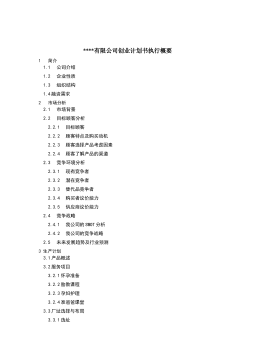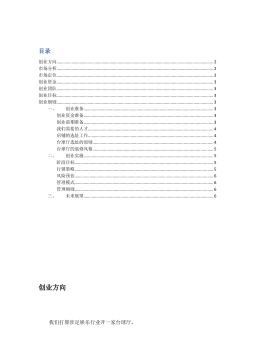经营权与所有权分离条件下企业高管长期动力激励制度研究
摘要随着竞争的日益加剧,高管人员已经成为企业的核心资源,而在以企业所有权和经营权分离为企业治理的趋势下,企业的高管人员和企业的所有者之间形成了一种委托—代理关系,从而出现了作为委托人的所有者和作为代理人的高管之间的利益目标不一致的矛盾冲突,导致了企业高管人员在进行经营决策时更倾向于采取见效快、收益大的短期行为决策,这一问题已经严重影响了企业的长期利益和长远发展。缓解这一矛盾,解决这个问题,这方面的的理论研究和实践检验都取得了一定的成果,主要集中于对高管人员的激励研究,尤其是对高管长期动力的激励研究。通过对高管激励的相关文献的梳理可以看出,国内外学者对高管人员的激励问题的探讨主要从两个方面着手的...
相关推荐
-
我国基层财政困难的制度成因分析与对策研究VIP免费
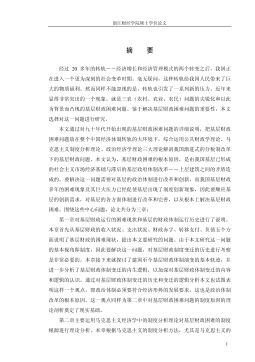
 2024-09-20 33
2024-09-20 33 -
我国煤电产业链纵向交易合约机制研究VIP免费
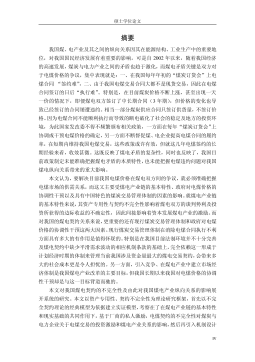
 2024-09-20 28
2024-09-20 28 -
生产要素视角下的上海市产业结构优化研究VIP免费
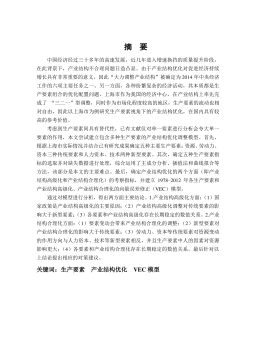
 2025-01-09 7
2025-01-09 7 -
我国银行业结构与经济结构关系研究VIP免费
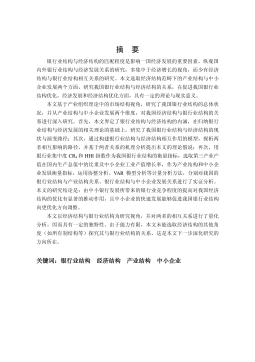
 2025-01-09 7
2025-01-09 7 -
大数据视角下农业供应链金融研究VIP免费

 2025-01-09 6
2025-01-09 6 -
跨国大型综合超市的规划研究VIP免费
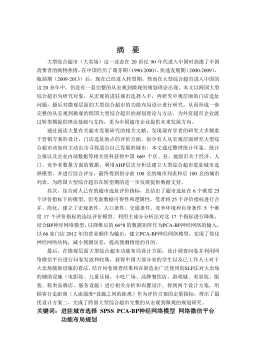
 2025-01-09 6
2025-01-09 6 -
跨境电商农产品质量安全问题研究VIP免费
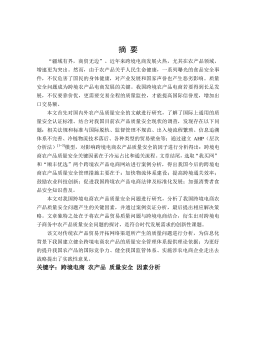
 2025-01-09 7
2025-01-09 7 -
世界市场的虚拟化与我国国际电子商务发展方向研究VIP免费
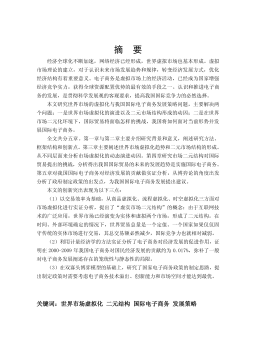
 2025-01-09 9
2025-01-09 9 -
中国政府对电力行业的价格规制问题研究VIP免费
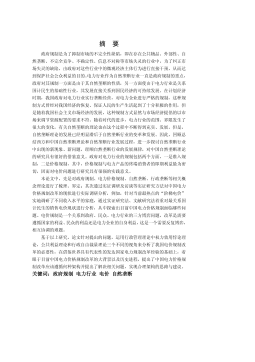
 2025-01-09 14
2025-01-09 14 -
中小企业信息化系统集成技术研究VIP免费
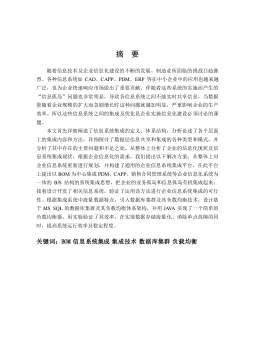
 2025-01-09 14
2025-01-09 14
相关内容
-

跨国大型综合超市的规划研究
分类:高等教育资料
时间:2025-01-09
标签:无
格式:PDF
价格:15 积分
-

跨境电商农产品质量安全问题研究
分类:高等教育资料
时间:2025-01-09
标签:无
格式:PDF
价格:15 积分
-

世界市场的虚拟化与我国国际电子商务发展方向研究
分类:高等教育资料
时间:2025-01-09
标签:无
格式:PDF
价格:15 积分
-

中国政府对电力行业的价格规制问题研究
分类:高等教育资料
时间:2025-01-09
标签:无
格式:PDF
价格:15 积分
-

中小企业信息化系统集成技术研究
分类:高等教育资料
时间:2025-01-09
标签:无
格式:PDF
价格:15 积分


